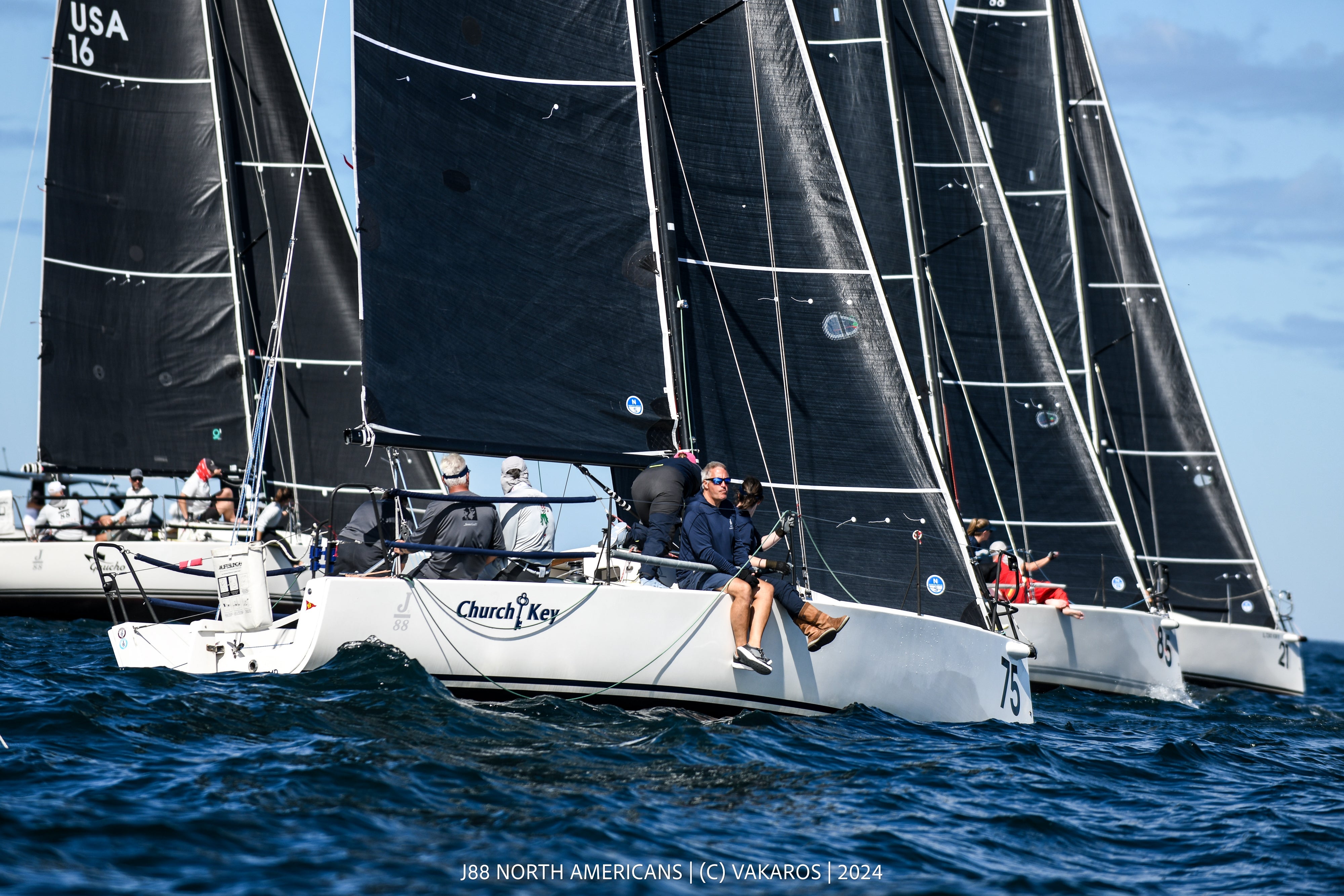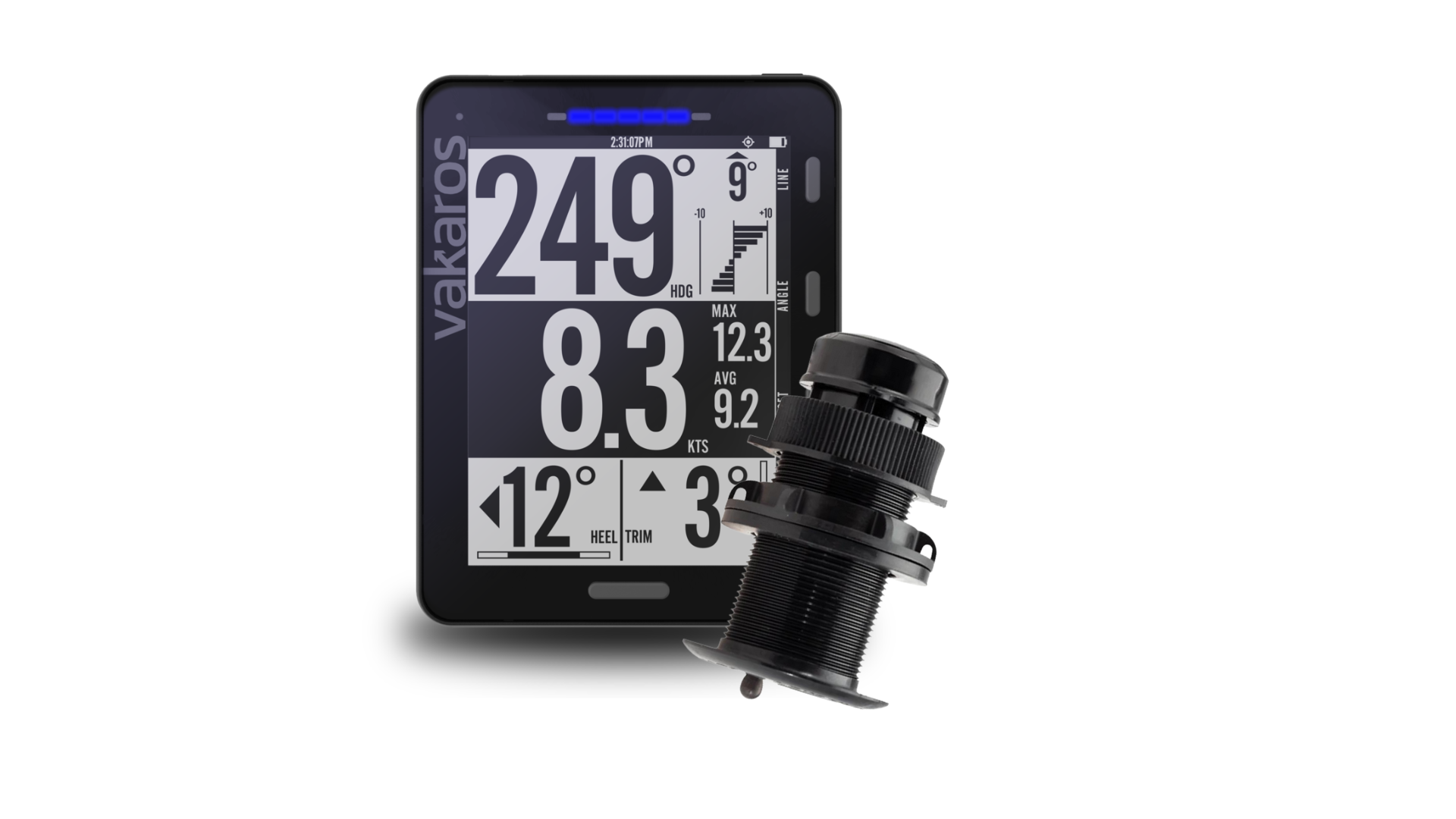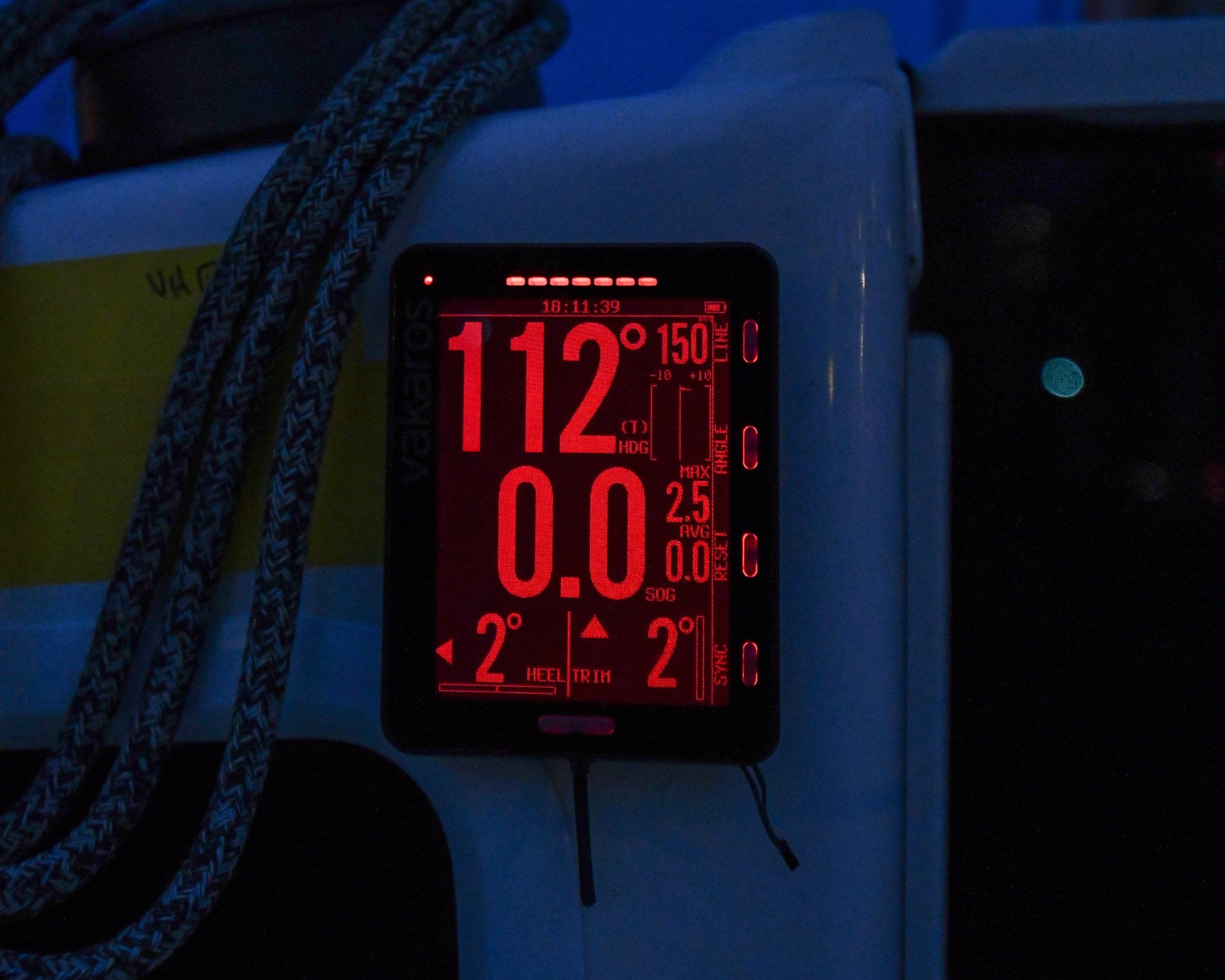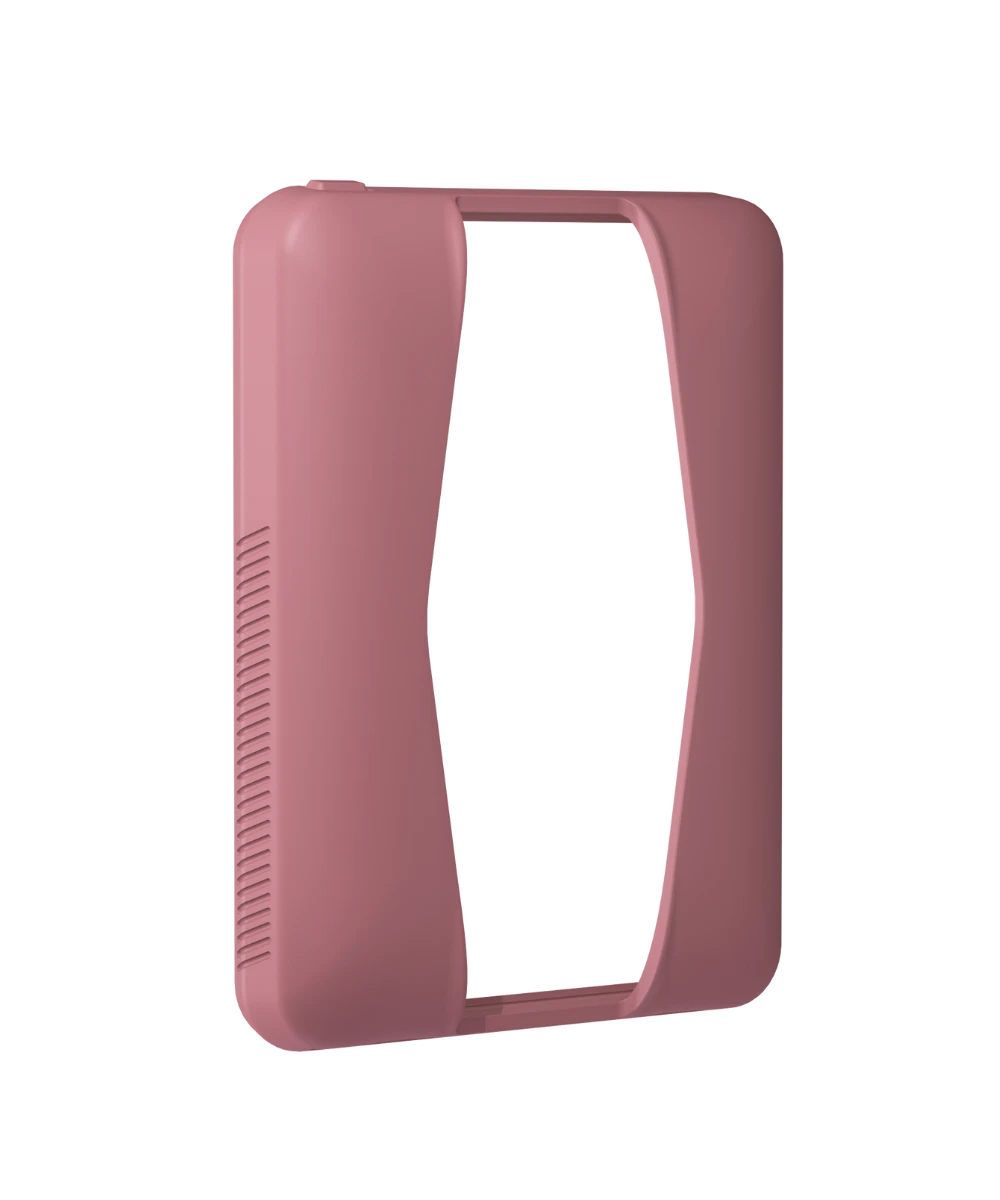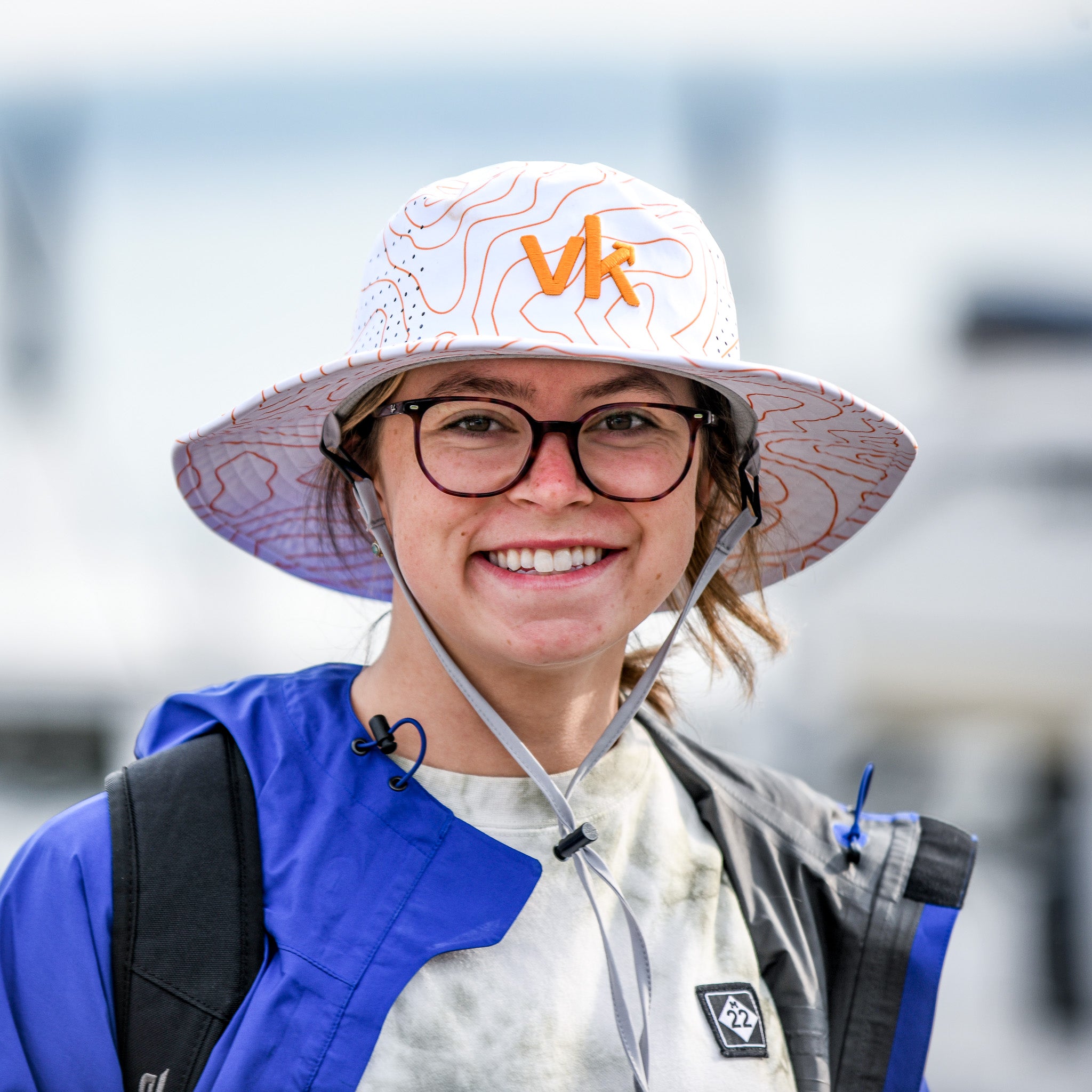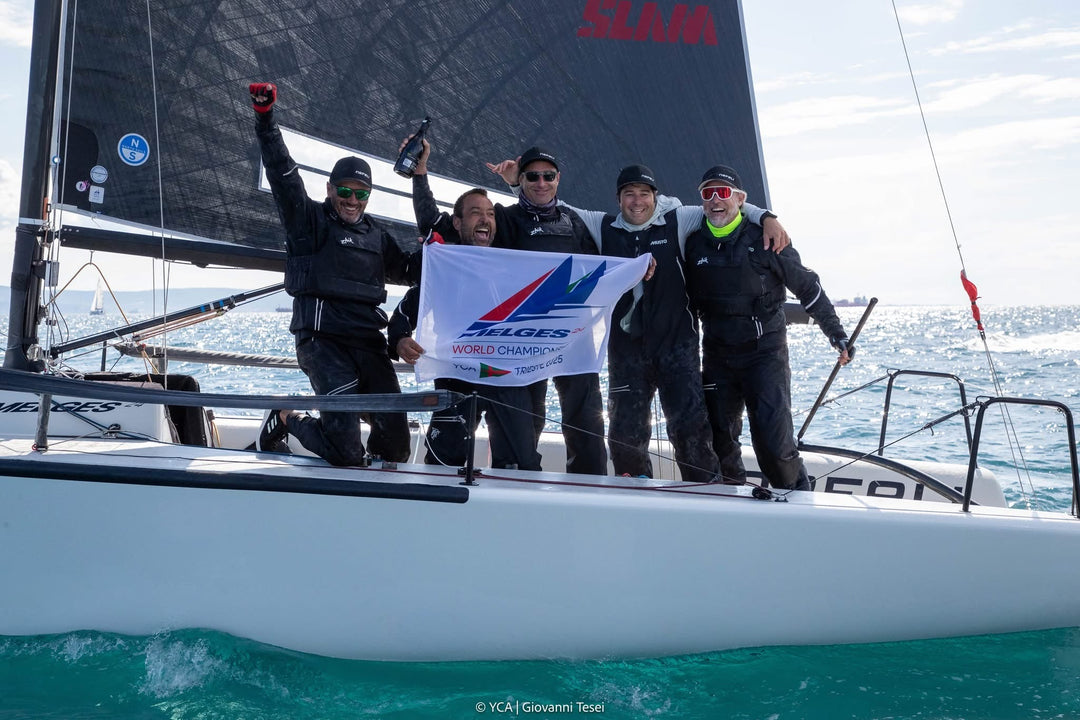"Do they already call you a medalmaker?"- nine questions to Simone Salvà

My path started with the Optimist and then moved on to the Laser, first at Circolo Nautico Brenzone and later at Fraglia Vela Malcesine.
2017 was the last year I sailed with the ILCA. At that time, foiling classes were growing rapidly, especially with major events at FVM itself. Together with my father, we decided to pursue a "futuristic" sailing path. In 2016, we bought a Waszp, which we sold shortly after, and following the 2017 Moth World Championship—held at FVM—we purchased my first Moth.
In the meantime, I studied law in Trento and graduated in 2020. I then became a lawyer in 2022.
Since 2019, I have been involved in the Persico 69F project, where my role has focused on on-water testing and boat development.
Regarding the Moth class, until 2022, I was a developer for the British sail loft Lennon Sails. I am currently a test rider for North Sails.
In 2021, I participated in the Moth Worlds held in Malcesine, where I placed 9th overall. The following year, I finished 3rd at the Worlds in Buenos Aires, Argentina, and in 2023, I secured 4th place at the Worlds in England (which was later declared invalid due to insufficient racing).
In 2023, I joined the Spanish team in the SailGP circuit as a coach and spare sailor.
After securing two victories in Los Angeles and Bermuda, along with several podium finishes, we won the Season 4 SailGP Championship in San Francisco.
In mid-2023, I started working for Luna Rossa Challenge as a coach for the women's and youth teams. Then, in October 2024, we won both the Unicredit Youth America's Cup and the Puig Women's America's Cup.

The transition from the ILCA to the Moth was certainly complex in several aspects. Firstly, the maintenance and complexity of the boat, which requires many hours of work.
The second element that required adjustment was the difference in speed, sailing angles, and the approach to starts—factors that took time and many hours of training to master.
In particular, before the 2021 World Championship, I was lucky enough to train with Ruggero Tita and to be coached by Chris Rashley, thanks to whom I improved significantly.
One thing in common between the ILCA and the Moth, however, is that in both boats, you have to hike a lot.
However, the real beauty of the Moth is that it is the only boat where most of the world's top sailors meet on the same starting line.
The results in SailGP are derived from the work of the entire group. Certainly, the technological input is key, as is the understanding of the analysis tools.
My philosophy is that each person on the team can contribute to the development of performance and, consequently, the final result—both on the water during the race and ashore, either after racing or between events.
Optimizing the available time and then dividing up tasks to identify possible areas for improvement is essential. Each team member obviously has their own characteristics, but I usually try to actively involve everyone in the video and data analysis phases, distributing tasks within the team.

The work done with Luna Rossa with the youth and women's teams has been extremely complex and fun. Compared to SailGP, my role was that of a coach in the most classic sense of the word.
In SailGP, we can actively talk to the sailors during the race, helping them make tactical and strategic decisions by identifying wind phases and calling crossings and overlaps with other boats.
With Luna Rossa, on the other hand, the approach was more traditional—managing and scheduling training, maintaining a continuous focus on performance, and then letting the sailors race while observing from the rib, without being able (according to the rules) to give any external instructions from start to finish.
Luna Rossa's teams are significantly larger than those in SailGP—six boys, seven girls, and, of course, the shore team responsible for all boat maintenance.
The teamwork aspect is crucial when working with such a large group. It is essential that each team member's ego is kept as far away as possible from the collective goal in order to achieve the predetermined objectives.
Personally, I aimed to build a team where mutual trust was a fundamental value—and this proved to be the case. In fact, during the boys' race, the girls managed the boat, demonstrating the total trust of their teammates, who could go home and rest. The same thing happened during the girls' regatta, with the boys taking care of the boat.
A united team, where each person feels that their back is covered, is critical to success.

Data analysis is a complex subject. Personally, I don't have an engineering background but a legal background. However, it is essential to have a mindset that allows for the development of a structured way of working and, above all, to understand where one's gaps are and try to fill them—either through studying or by seeking help from other team members.
Depending on the various boats I work with, the data available varies:
- With the Moth, using a tool like a Vakaros (and maybe a load cell), you can quickly and easily perform a self-analysis of performance. With a GoPro, you can film yourself to optimize movements in maneuvers or heeling management, or take multiple photos of the mainsail to analyze and understand its shape.
- With boats like the AC40, AC75, or SailGP’s F50, however, the work is different. There is so much data available that it is very easy to lose focus on the main objective of the analysis. In my opinion, it is crucial to keep the analysis—and the content that is then presented to the sailors—clear, essential, and highly goal-oriented.
To give an example: if I am sailing an AC40, the racecourse is usually quite long, and the segments where the boat sails in a straight line before executing a maneuver are also quite long. Therefore, it is essential to analyze pure speed performance in a straight line.
If I am sailing an F50 in the SailGP circuit, the courses are usually very small, very short, and with narrow boundaries. In this case, straight-line performance is not of primary importance. Instead, given the high frequency of maneuvers, I will focus more on analyzing tacking, gybing, and mark roundings.
In any case, at the end of each sailing day, regardless of the boat, it is essential to identify the so-called low-hanging fruits to ensure that the analysis is directed in the correct way.
Data provides objective elements, but it must always be weighed and evaluated to understand its reliability.
To give an example, data such as heel, trim, boat speed, and readings from sail or foil position sensors (twist, track, rake, cant, etc.) are usually reliable since they are not derived from mathematical calculations but come directly from simple sensor or GPS readings. This category of data is purely objective and generally very reliable.
On the other hand, the category of data that must be weighed and evaluated in light of experience collected over the years includes those derived from calculations, usually involving wind (true wind speed, true wind direction, apparent wind angle, leeway, VMG, etc.).
This second category can often lead to conclusions about performance that are far from reality. For example, on a sailing day with very gusty and shifty winds, wind readings may be highly disturbed, making the calculations based on them unreliable and potentially leading to incorrect conclusions.
It is therefore essential to carefully evaluate data such as VMG (which indicates pure boat performance) by assessing the reliability of the values on which its calculation is based. Such an assessment is primarily derived from past experience.

I believe that in modern sailing, to be a coach, it is essential to be an active sailor, and to be a coach of high-performance classes, it is crucial to be an active sailor of high-performance boats. You can see in the current sailing scene that small and "simple" boats like the Nacra, the 49er, and the Moth are absolutely propaedeutic boats that allow sailors to develop and be competitive even with boats like the F50 and AC40. The Moth, in particular, is used as a launching pad for many sailors to access the highest levels of sailing—a path in which I myself have invested for both my personal and professional growth.
Going back to discussing the multiple roles I play:
Having sailed on the boat you follow as a coach or strategist is absolutely critical to optimizing the feedback you provide to the rest of the team and ensuring you are always on the same page with everyone.
That said, I believe that all the roles I play within the various teams I coach, as well as with the boats I sail, are absolutely essential to one another. They contribute to my personal growth and allow me to offer the most to the teams I am a part of.

During America's Cup and SailGP events, the pressure is sky-high for everyone. There are so many elements at play: sporting goals, the risks of sailing a multi-million-euro boat, sponsors to satisfy, preparation expenses to justify, and the constant threat that another team might take your place if you don't achieve certain results by the end of the season. Not to mention personal career concerns, contract renewals, team transfers, and many other factors that contribute to maintaining high pressure.
My philosophy is to always strive to achieve my personal best (PB), keeping the "noise" of all those distractions as far away from my goal as possible.
I apply this philosophy in all my work and try to pass it on to the teams I work with.
Concretely, I believe that to keep the team united and on the same page, it is very useful to have physical activity sessions together after the training day's preparation briefing. This reinforces the key elements of the upcoming session and helps limit secondary thoughts that are not critical to the final result.
The short-term goal is the 2025 Moth World Championship in Malcesine, probably the best event of the year. A few days ago, registration opened, and in about three hours, 120 people signed up. The names on the entry list are incredible, and I personally aim to be as competitive as possible to achieve the best possible result. My mindset has always been the same in all previous Moth Worlds: low expectations and giving it my all.
The Moth remains the most fun class, with the greatest potential for personal growth in many areas and high global visibility.
In the long term, I would say the 38th America's Cup with Luna Rossa—my first full America's Cup (in the last one, I joined the team only in the final year and a half)—and the SailGP circuit.
One thing is for sure: I will continue to be both a sailor and a coach because these two roles are now more intertwined than ever before.





